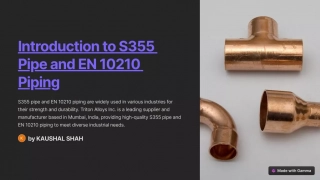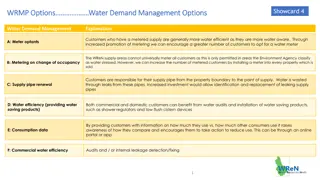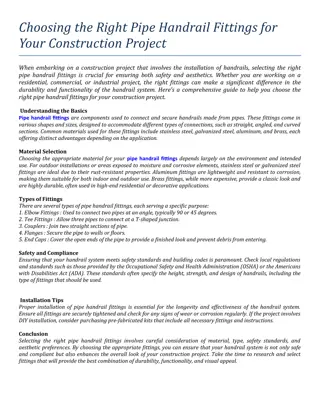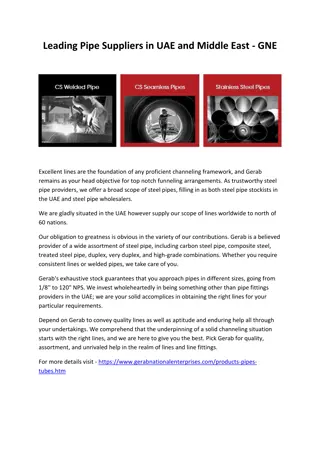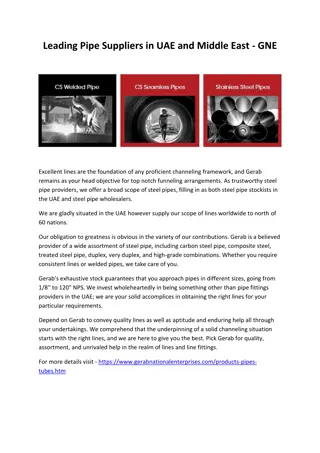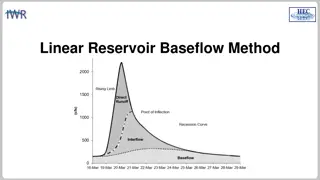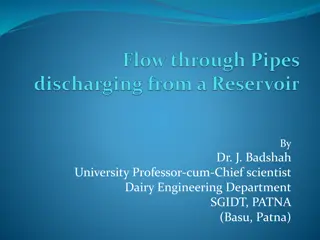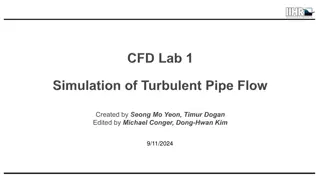
Understanding Bernoulli's Theorem in Pipe Discharging from Reservoir
Explore the application of Bernoulli's Theorem in pipe flow from a reservoir, analyzing energy loss, frictional heads, and considerations for long pipes. Gain insights into fluid mechanics through practical examples and numerical demonstrations.
Download Presentation

Please find below an Image/Link to download the presentation.
The content on the website is provided AS IS for your information and personal use only. It may not be sold, licensed, or shared on other websites without obtaining consent from the author. If you encounter any issues during the download, it is possible that the publisher has removed the file from their server.
You are allowed to download the files provided on this website for personal or commercial use, subject to the condition that they are used lawfully. All files are the property of their respective owners.
The content on the website is provided AS IS for your information and personal use only. It may not be sold, licensed, or shared on other websites without obtaining consent from the author.
E N D
Presentation Transcript
By Dr. J. Badshah University Professor-cum-Chief scientist Dairy Engineering Department SGIDT, PATNA (Basu, Patna)
Pipe Discharging from a Reservoir Applying BernoullisTheorems between A and B
Pipe Discharging from a reservoir Applying Bernoullis Theorems equation to points A ( at the joint with reservoir ) and B (At the end of pipe): H = hl+ hf+ V2/2g If the entrance to the pipe is flush with the reservoir, Hl= 0.5 V2/2g and Frictional head is given by, hf= f L/D (V2/2g ) For Long pipes, the term fL/D is very large compared to 1.50, then H = V2/2g [1.50 + f L/D] In such cases, the loss of head at the entrance and exit may be neglected. When the length of pipe is greater than 100 D, only the friction loss need to be considered. Numericals will be follwed on white board by sharing it.
. . Thank You

